Project challenges
The number of citizen science projects in latinamerica is still very low alongside the global statistics of people around the world getting involved in STEM.
Specifically in astronomy there is a huge hole of educational resources in latin america and even more in Colombia which is where our project entry is coming from, the amount of people involved in Radio astronomy are just beginning..
As part of this project challenge we would like to quote (Koda et al. 2013) Abstract "With the increasing importance of interferometry in astronomy, the lack of educational interferometers is an obstacle to training the future generation of astronomers"
In some countries like Colombia, the time of clear sky is limited, this is the reason to develop astronomy in other wavelength or frequency like Radio, because the clouds are transparent in that band of the electromagnetic spectrum, and the other advantage is that the students could do experiments at day and at night. The follow picture show the "Transparent Window" for Radio Astronomy.
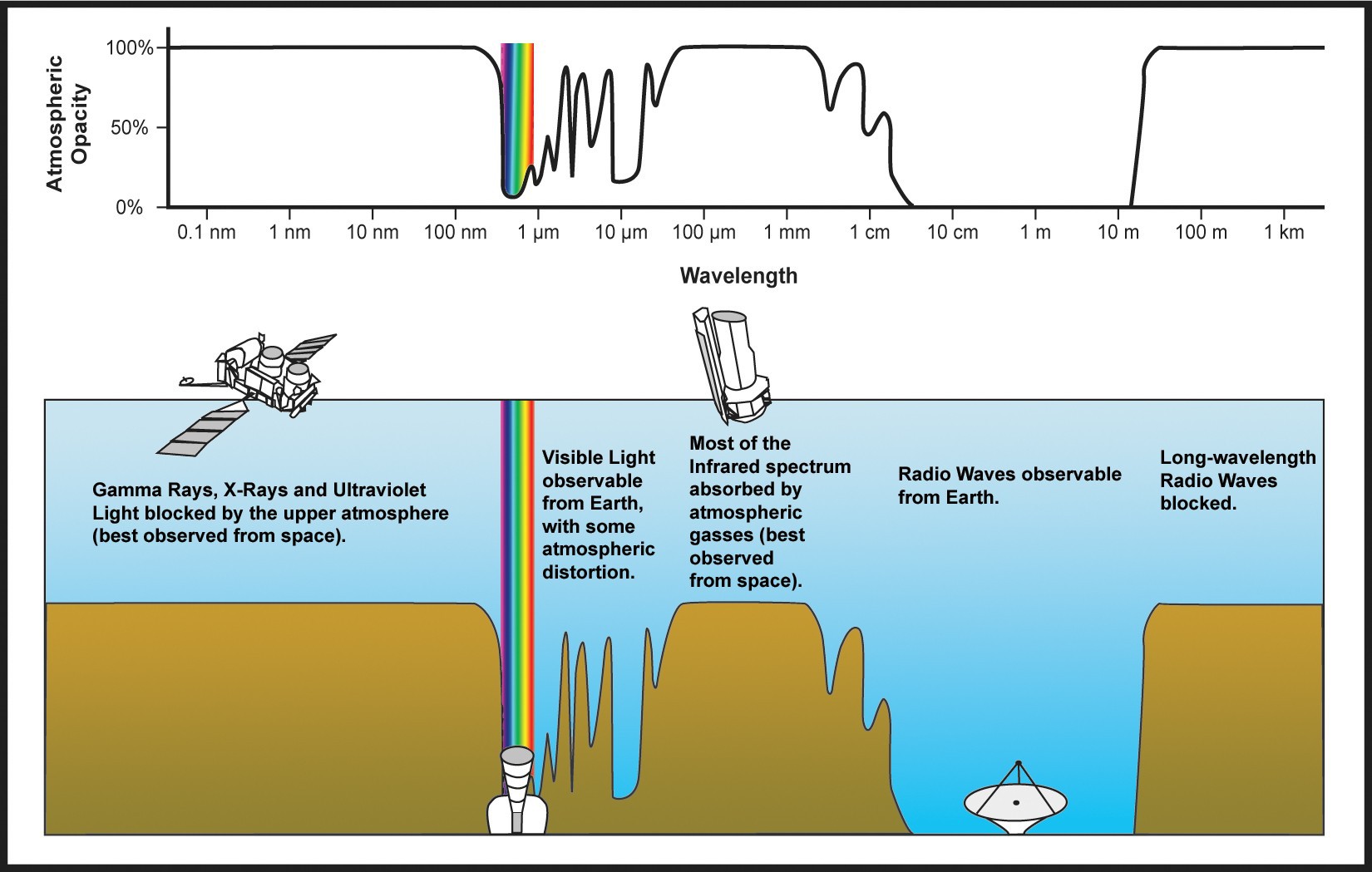
Reference: Wikipedia.Optical Window
How the project will solve the problem
We started to build a low cost replicable Radio interferometer with the following goals in mind:
- To improve STEM education in astronomy around the world, this is the first stage of the project which is part of an effort of multiple Bogota Comunities among them OAN Observatorio Astronomico Nacional and Hackbo hacker space bogota
- Serve as a solid base to construct a citizen science global radio interferometer array, that is fully accesible to scientists around the world.
History
This type of interferometer is based on one of the earliest astronomical interferometers built, called Michelson stellar interferometer which was first ever used for the measurement of a stellar diameter. and is also the first milestone to achieve in this project.
Here is an sketch of a Michelson stellar interferometer

taken from eso telescopes website
Further work with focus in education is the Stony Brook Michelson radio interferometer (Koda et al. 2013). which is the main base for our project . we have received help and orientation from the authors too.
here is an sketch of this interferometer

1. Main frame to Azimuth rotation.
2. Hinge to Elevation movement.
3. Frame to slide the mirrors (4)
4. Side mirrors at 45°
5. Wedge mirror to reflect the signal to Broadcast Satellite Dish (6).
6. Broadcast Satellite Dish.
7. Antenna - LBNF
8. Electronics and signal treatment (Do not shown).
We have spend a long time on ideas for an improvement previous concepts, trying to adapt it to our local technology, besides, we are in a Latitude near to Ecuador, it's means can observe all the sky, both hemisphere, South and North constellations and practically all radio sources, therefore, we designed our improved sketch :-)


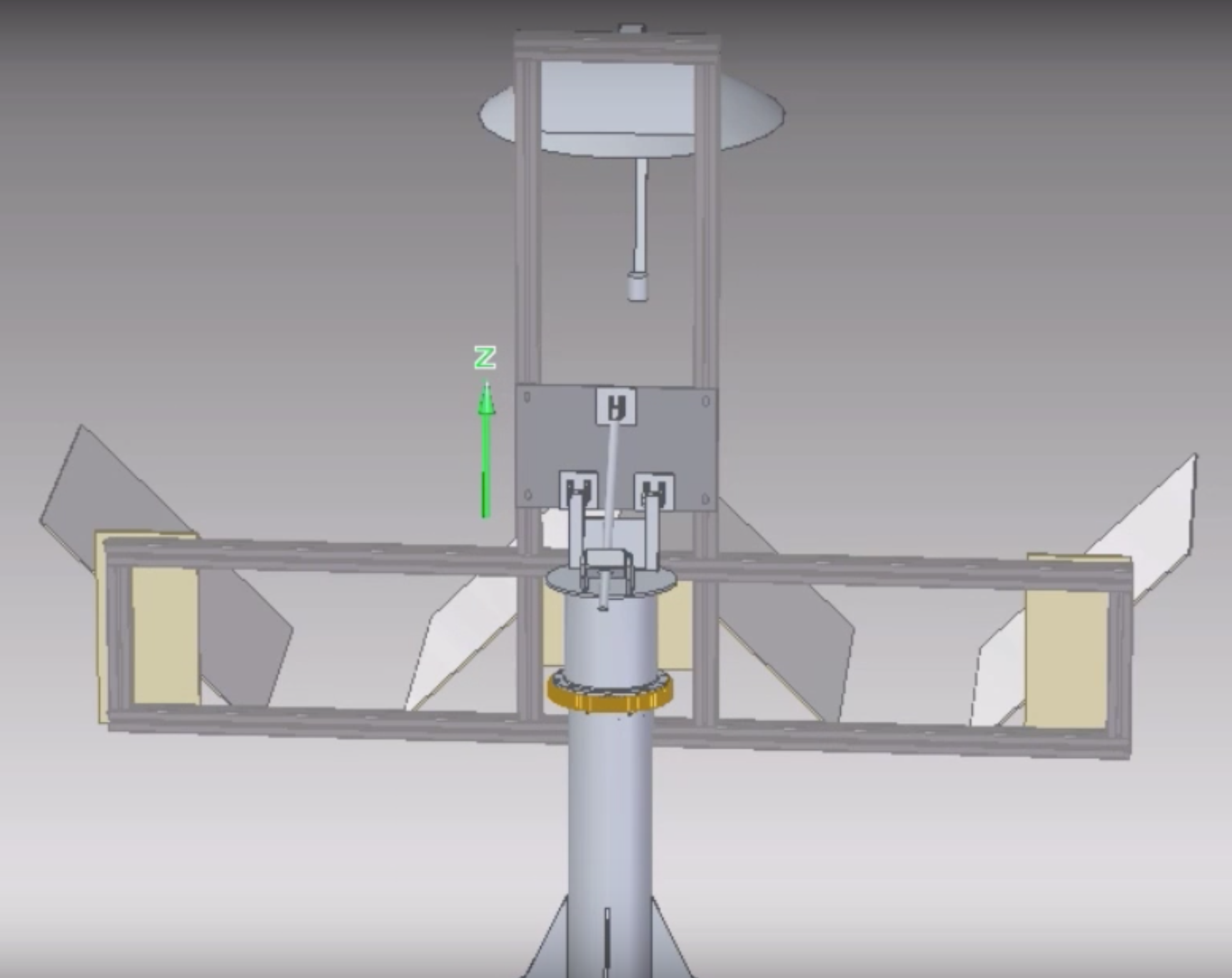
 alfazoOm
alfazoOm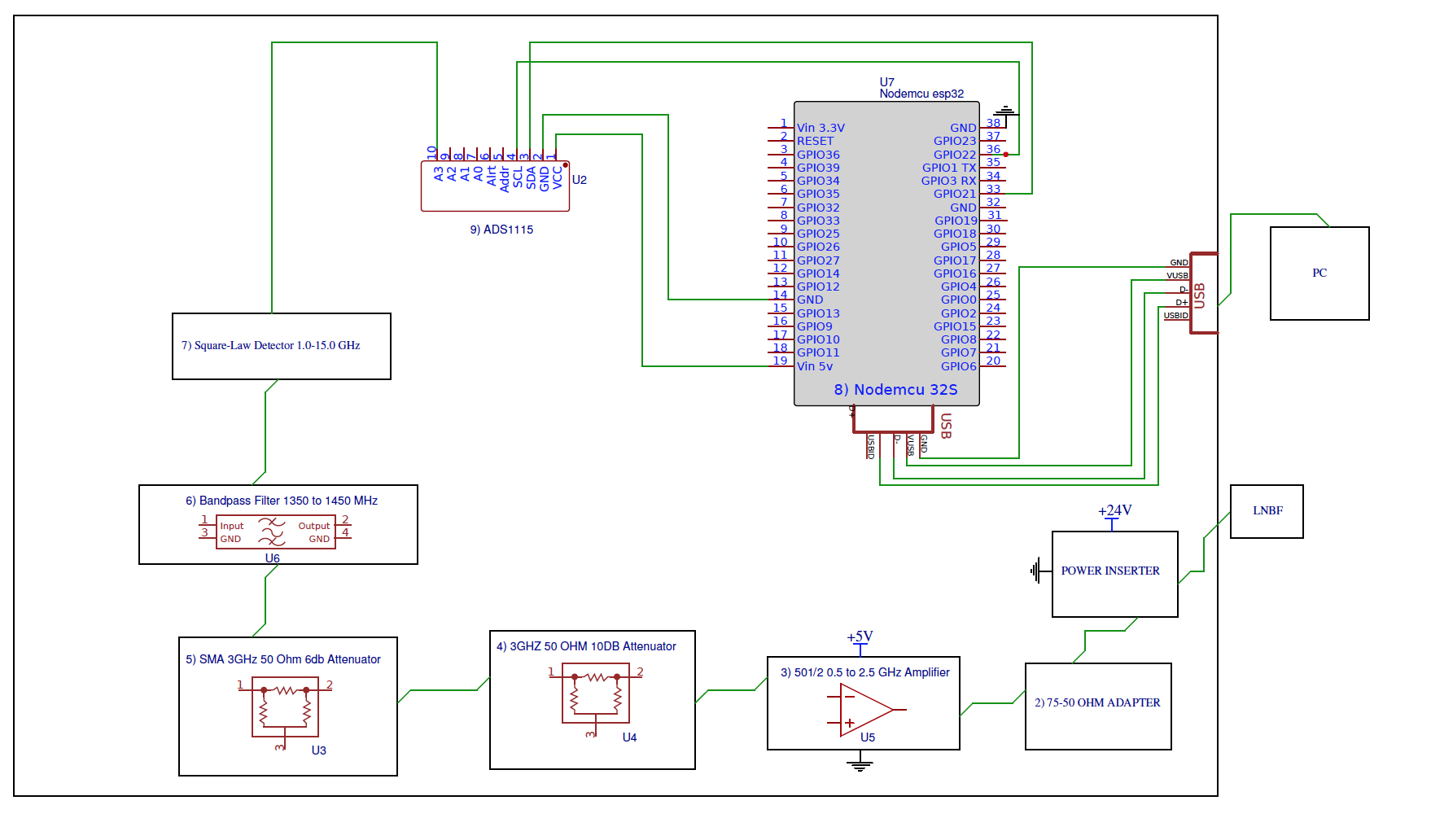




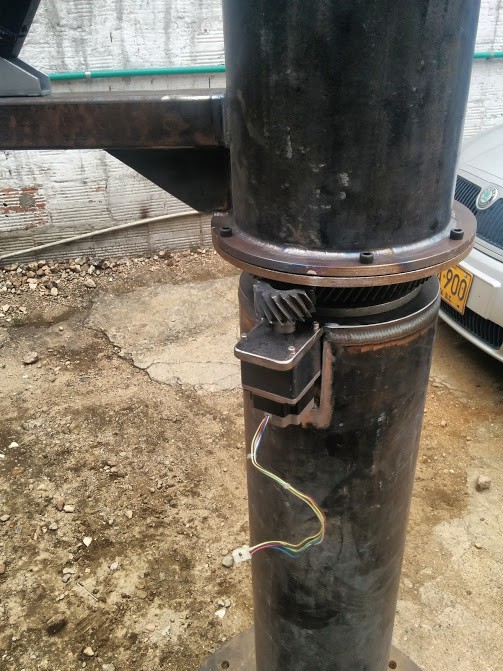



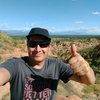


 Yohan Hadji
Yohan Hadji
 Jesse R
Jesse R

 Phil Handley
Phil Handley
Dear Robert, thanks a lot with your comments, we are glad with them. This kind of Interferometer is a affordable solution to develop radioastronomy in countries with cloudy skies, it's a instrument that we can teach the behavior of antenna, interferometry and radio signals to our students in universities and Schools.
But, I am excited to hear about your project in cosmic Ray detection, please tell me more.